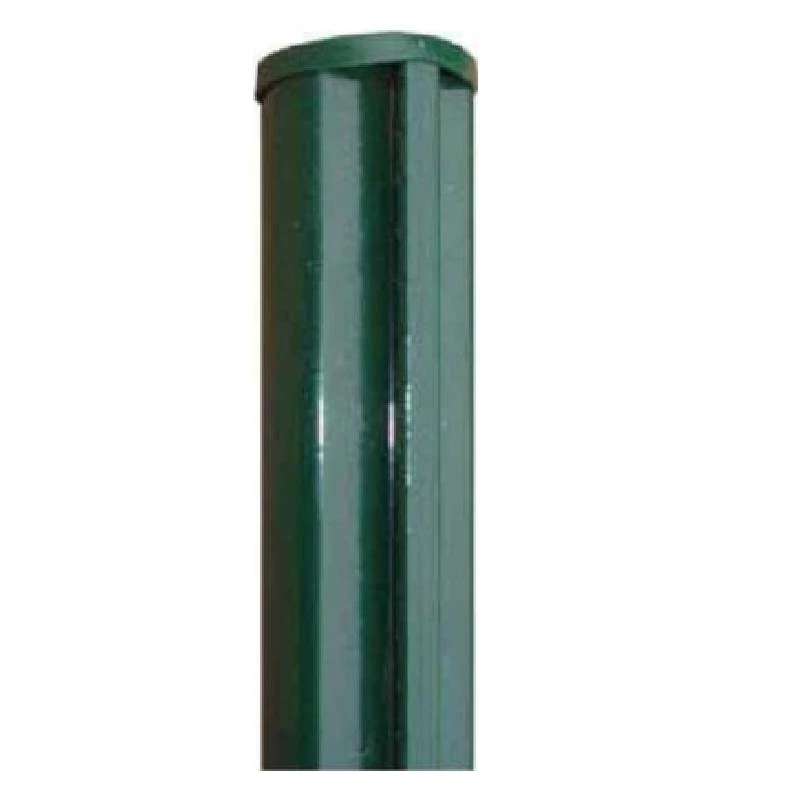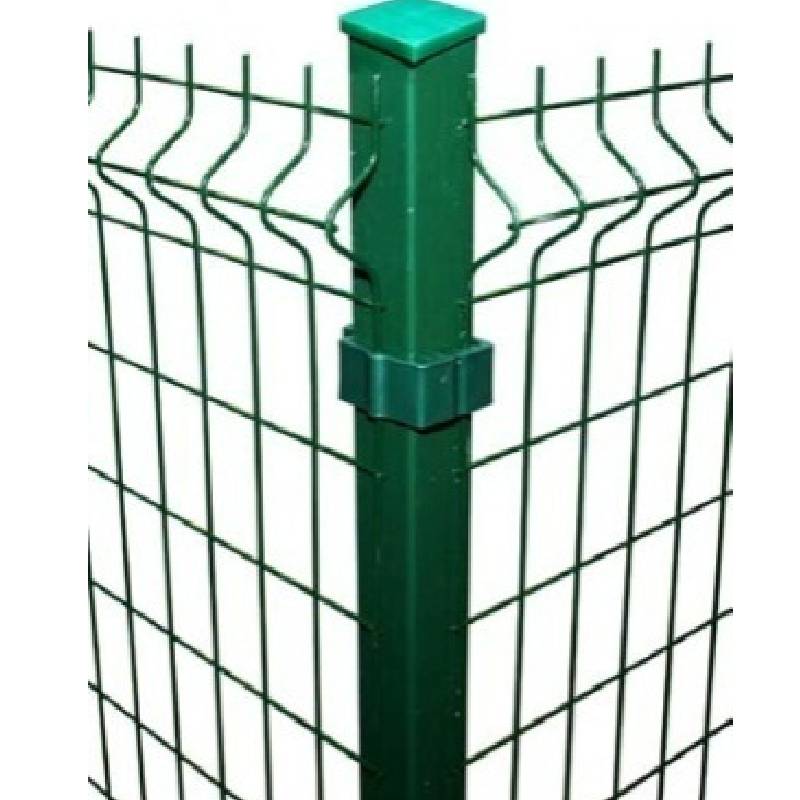-
Email:zhao@hyliec.cn
-
Tel:+86 311 85273988
-
WhatsAPP:8613931128750
-
 Afrikan
Afrikan -
 Albaniż
Albaniż -
 Amhariku
Amhariku -
 Għarbi
Għarbi -
 Armenjan
Armenjan -
 Ażerbajġani
Ażerbajġani -
 Bask
Bask -
 Belarussu
Belarussu -
 Bengali
Bengali -
 Bosnijan
Bosnijan -
 Bulgaru
Bulgaru -
 Katalan
Katalan -
 Cebuano
Cebuano -
 Korsiku
Korsiku -
 Kroat
Kroat -
 Ċek
Ċek -
 Daniż
Daniż -
 Olandiż
Olandiż -
 Ingliż
Ingliż -
 Esperanto
Esperanto -
 Estonjan
Estonjan -
 Finlandiż
Finlandiż -
 Franċiż
Franċiż -
 Friżjan
Friżjan -
 Galizjan
Galizjan -
 Ġorġjan
Ġorġjan -
 Ġermaniż
Ġermaniż -
 Grieg
Grieg -
 Guġarati
Guġarati -
 Kreol Ħaitjan
Kreol Ħaitjan -
 hausa
hausa -
 Ħawajjan
Ħawajjan -
 Ebrajk
Ebrajk -
 Le
Le -
 Miao
Miao -
 Ungeriż
Ungeriż -
 Iżlandiż
Iżlandiż -
 igbo
igbo -
 Indoneżjan
Indoneżjan -
 Irlandiż
Irlandiż -
 Taljan
Taljan -
 Ġappuniż
Ġappuniż -
 Ġavaniż
Ġavaniż -
 Kannada
Kannada -
 każak
każak -
 Khmer
Khmer -
 Rwandan
Rwandan -
 Korean
Korean -
 Kurdi
Kurdi -
 Kirgiż
Kirgiż -
 TB
TB -
 Latin
Latin -
 Latvjan
Latvjan -
 Litwan
Litwan -
 Lussemburgiż
Lussemburgiż -
 Maċedonjan
Maċedonjan -
 Malgashi
Malgashi -
 Malajan
Malajan -
 Malajalam
Malajalam -
 Malti
Malti -
 Maori
Maori -
 Marathi
Marathi -
 Mongoljan
Mongoljan -
 Il-Mjanmar
Il-Mjanmar -
 Nepaliż
Nepaliż -
 Norveġiż
Norveġiż -
 Norveġiż
Norveġiż -
 Oċċitan
Oċċitan -
 Pashto
Pashto -
 Persjan
Persjan -
 Pollakk
Pollakk -
 Portugiż
Portugiż -
 Punġabi
Punġabi -
 Rumen
Rumen -
 Russu
Russu -
 Samoan
Samoan -
 Galliku Skoċċiż
Galliku Skoċċiż -
 Serb
Serb -
 Ingliż
Ingliż -
 Shona
Shona -
 Sindhi
Sindhi -
 Sinħaliż
Sinħaliż -
 Slovakk
Slovakk -
 Sloven
Sloven -
 Somali
Somali -
 Spanjol
Spanjol -
 Sundaniż
Sundaniż -
 Swaħili
Swaħili -
 Svediż
Svediż -
 Tagalog
Tagalog -
 Taġik
Taġik -
 Tamil
Tamil -
 Tatar
Tatar -
 Telugu
Telugu -
 Tajlandiż
Tajlandiż -
 Tork
Tork -
 Turkmeni
Turkmeni -
 Ukrain
Ukrain -
 Urdu
Urdu -
 Uighur
Uighur -
 Użbek
Użbek -
 Vjetnamiż
Vjetnamiż -
 Welsh
Welsh -
 Għajnuna
Għajnuna -
 Jiddix
Jiddix -
 Joruba
Joruba -
 Żulu
Żulu
Post tal-fencing
What Type Of Fence Post Is Best?
The best type of fence post depends on various factors such as the type of fence, local climate, soil conditions, and personal preferences. Common options for fence posts include:
1. Round steel posts: Round steel posts are a traditional and versatile choice, suitable for various fence types. They can be treated to resist rot and decay, but may require maintenance over time.
2. Square steel posts and rabbet posts offer durability and strength, making them suitable for supporting heavy or high-security fences. They are resistant to rot and insect damage.
3. Steel round posts/ square posts/ rabbet with base plate: They are suitable to install on the concrete ground, and fixed by concrete nails.
What Size Is A Fence Post?
Fence posts come in various sizes, typically having Φ32 Φ34 Φ38 Φ48 Φ60 Φ80 for round steel posts and 40x40 60x60 40x60 60x60 80x80 100x100 etc for square tube posts in dimension. The specific size of a fence post depends on the type of fence being installed, the height and weight of the fence panels, and the local building codes or regulations. It's important to select the appropriate size of fence post to ensure stability and structural integrity for the specific fencing project. Consulting with a professional or referring to local building codes can provide guidance on the recommended size of fence posts for a particular application.
Fence Post FAQ:
What type of fence post is best?
The best type of fence post depends on various factors such as the type of fence, local climate, soil conditions, and personal preferences. Common options for fence posts include round steel posts, square steel posts and rabbet steel posts, posts with base plate or without base plate. Each type has its own advantages and considerations, so it's important to choose the most suitable option based on the specific requirements of the fence project.
What size is a fence post?
Fence posts come in various sizes, typically typically having Φ32 Φ34 Φ38 Φ48 Φ60 Φ80 for round steel posts and 40x40 60x60 40x60 60x60 80x80 100x100 etc for square tube posts in dimension. The specific size of a fence post depends on the type of fence being installed, the height and weight of the fence panels, and local building codes or regulations. It's important to select the appropriate size of fence post to ensure stability and structural integrity for the specific fencing project.
How to install a panel fence?
Paneling a fence involves several steps, including measuring and planning, installing the posts, attaching the panels, adding finishing touches, and performing regular maintenance. It's important to follow the manufacturer's instructions and local building codes when paneling a fence to ensure proper installation and compliance with regulations. If in doubt, it's advisable to consult with a professional or seek guidance from experienced individuals.






